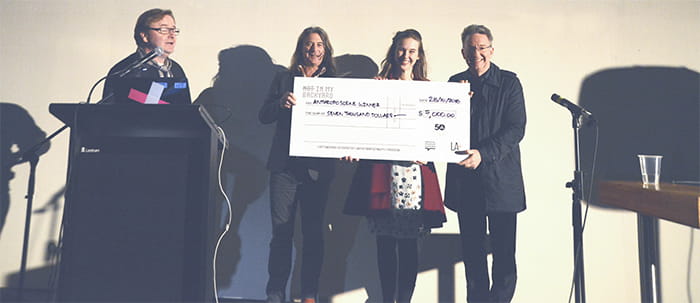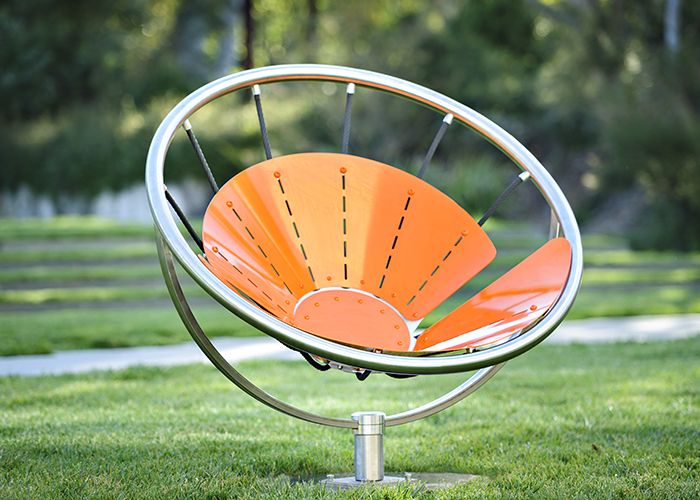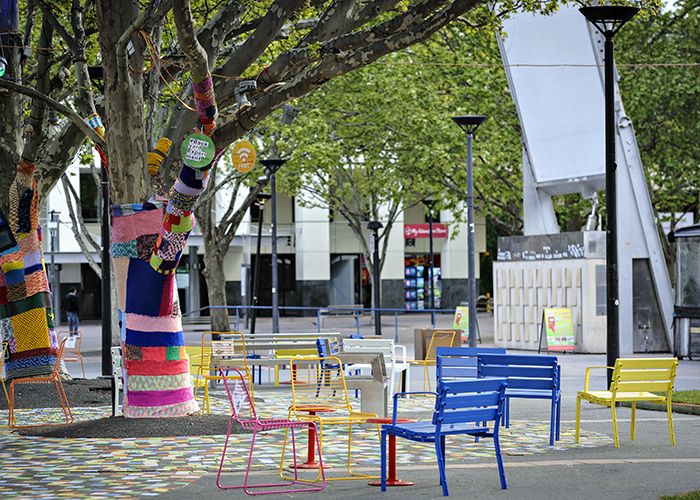
Delegates raised their voices to decide the winners of a global short film competition with stories about the future of Earth and humanity at the #nimby2016 International Festival of Landscape Architecture Opening Night Party.
141 filmmakers from around the world submitted their three minute take on the Anthropocene, a geologic time period where human activity is now the dominant influence on climate and the environment.
Eight finalists were chosen by a jury of seven international design professionals, including International Festival of Landscape Architecture Creative Director Richard Weller, Author and Artist Paul Carter, Architect and Futurist Liam Young, Harvard University’s Silvia Benedito, University of Southern California’s Aroussiak Gabrielian, Editor in Chief of LA+ Tatum Hands and Visual Anthropologist and National Museum of Australia Head Curator Kirsten Wehner.
After the screening, festival-goers were asked to vote by making the most noise for their favourite film. Two contestants tipped the decibel reader, with The Architect by Tiffany Hoy in first place to win $7,000, and Evan Mather’s SIC ERAT SCRIPTUM as runner up receiving $3,000.
The Architect imagines a world in which humans are responsible for all life. Much of Earth’s flora and fauna have been wiped out by climate change, progress and the ravages of war. Humans are now responsible for choosing which species will live, and which will face extinction.
Charlie Rose (played by Christopher Lane Hess), a sales representative with synthetic giant E Foods, has a proposition for the government’s unpopular and underfunded De-Extinction Unit: to produce real food, from real plants.
Riley Barrett (Tiffany Hoy), head of De-Extinction, has a counter proposition. To prove the unit’s worth in a climate of civil unrest, she is working to bring back a superstar species. Unable to procure sufficient government funds, she must privately fund this creature, offering to genetically modify it to promote brands in return for sponsorship.
The film was shot in Sydney, Australia, at an office building in Circular Quay and Sydney University’s Macleay Museum. It was produced and written by actor and StreetChat editor Tiffany Hoy, with cinematography by Christopher Butel.
Street Furniture Australia was proud to support the screening night with possibly the world’s first #ciderfountain, serving Batlow Cider from an Arqua Drinking Fountain, our team cheering from the sidelines.
The competition was sponsored by The Australian Institute of Landscape Architects, the National Museum of Australia and LA+ Interdisciplinary Journal of Landscape Architecture.
Each of the finalists, including a further eight films selected by the jury for a Director’s Cut, can be viewed on the AILA website.








